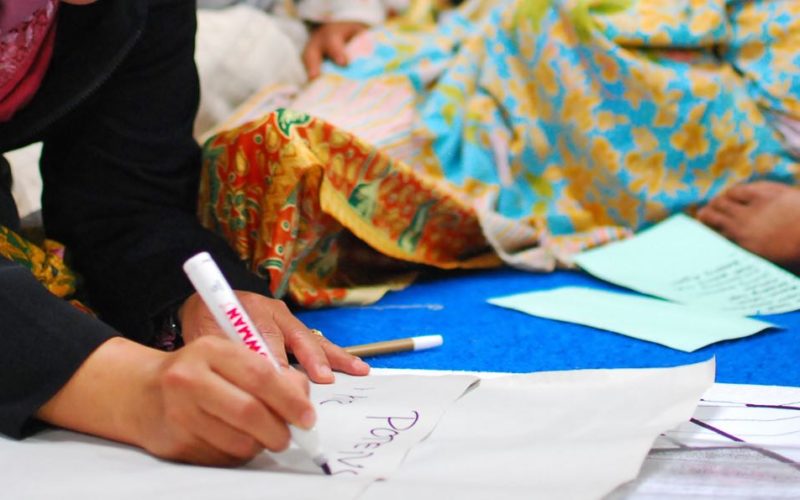Originally posted in effectivecooperation.org on 11 November, 2016
Analysing Results Frameworks: What is Missing?
The joint OECD-UNDP report, “Making Development Co-operation More Effective: 2016 Progress Report” contains a number of encouraging findings. For example, almost all of the participating countries/territories have documented their national development vision; at the same time, country priorities focus more clearly on human development, such as health and education. The report sends another positive message – on average 85 percent of all development partners currently follow country-defined priorities when designing new interventions – led by UN agencies (96 percent), followed by multilateral development banks (89 percent). Yet the challenge of embedding these country priorities into results-based budgetary monitoring and evaluation systems persists.
Chapter 2 of the report discusses, in-depth, how, and how much, development partners are using these country-led results frameworks to plan and design new interventions. Given the challenge noted above, the chapter ends with three sensible suggestions to help strengthen efforts to improve the effectiveness of international development co-operation through the use of country-led results frameworks. This piece will not discuss these results, but rather will suggest ways in which the analysis around this issue could be strengthened.
After reading the chapter, I was left wondering about at least three issues. First, the chapter continued to reference positive trends. This is encouraging. However, the findings could be strengthened by providing empirical evidence drawing on the results of the first monitoring round. This could help to establish a benchmark, although the two sets of results may not be fully comparable.
Second, the draft chapter may consider reflecting the most recent state of development regarding SDG Indicators. Two SDG indicators are particularly important in this regard – SDG Indicator 17.15.1 on the extent of use of country-owned frameworks by development partners; and SDG Indicator 17.16.1 on the number of countries reporting progress in multi-stakeholder development effectiveness monitoring frameworks. It would be interesting to link the progress report’s results with the efforts to document the state of SDG delivery.
Third, the draft chapter in its conclusion refers to more than 80 SDG targets that focus on outcome change and suggests that these can offer a robust framework for the engaged countries to measure progress towards development (SDG) results. One needs to be mindful in this regard that many of the outcome changes mentioned as SDG targets may actually have very little interface with traditional development cooperation.
I remain confident that the new OECD-UNDP document will generate new impetus in implementing the commitments made under the GPEDC framework by providing more transparency of the concerned processes.
1,932 total views, 1 views today






